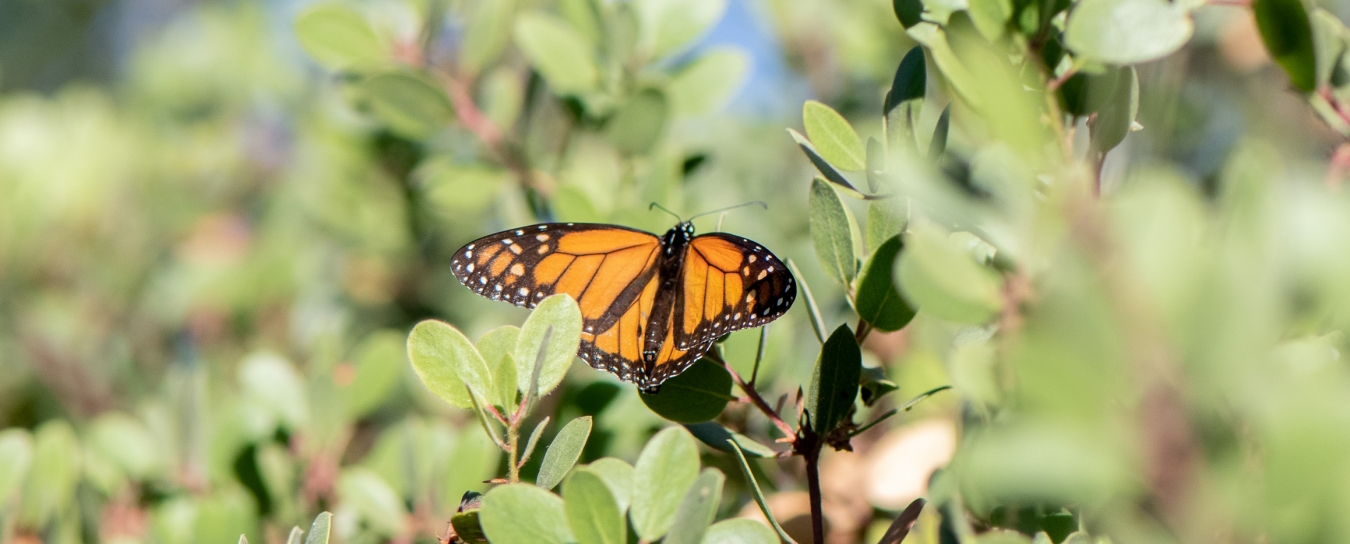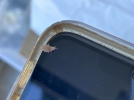
Invertebrates
See our handy guide to critters found in local homes and our Central Coast Butterfly FAQ. Browse the insects and other terrestrial arthropods we’ve identified. Check out local marine invertebrates, particularly bivalve mollusks and intertidal organisms.
- Anthropology
- Rocks & Fossils
- Invertebrates
- Vertebrates
- Botany
- Astronomy
- Fungi
- General
- Recently Asked
What is this bug I found?
Hello, this funny little bug crawled up onto my phone a few days ago and we have no idea what it is. I’ve asked around and nobody has been able to figure it out. I was hoping you could pass the picture onto a specialist within the museum if possible to help me figure it out. Thanks in advance!

Curator Response
Hi Domanique,
This is certainly the nymph (immature) of a type of planthopper, which means it belongs broadly to the insect order Hemiptera, and more narrowly to the superfamily called Fulgoroidea. Many planthoppers, or fulgoroids, are notable for their production of wax filaments that stick off the back of the abdomen, which was the giveaway for this group. Unfortunately, not being an specialist in this group, I’m not able to tell for sure which of the several families of fulgoroids this little critter belongs to, since the critical features I would use to key it out are not quite visible in your photo. I can, however, tell that this is an immature since 1) the abdomen has the wax tuft (adults have usually lost this ability) and 2) more importantly, the wings are still in “bud” form so that they leave most of the abdomen exposed. The nymphs already have the impressive hopping ability that the adults have; these hop using the strong back legs, much like a grasshopper. Those wax filaments apparently afford the little nymphs some camouflage, as well as direct protection from predators (the wax can gum up mandibles in smaller would-be captors) and also provides some hydrophobicity, meaning moisture will easily roll off the insect.
As adults, virtually all species of the group feed on plant parts above the ground; some immature fulgoroids feed on fungi and live concealed under rocks or bark. This appears to be one of the above-ground-feeding immatures. My best guess is that it belongs to the family Issidae, which is a moderately diverse group in California.
Keep observing,
Schlinger Chair and Curator of Entomology Matthew L. Gimmel, Ph.D.
Curator response:
Hi Domanique,
You might be interested to see a new question asked about these insects. It included a more detailed image which allowed me to share more detailed information.
Best wishes,
Dr. Gimmel


